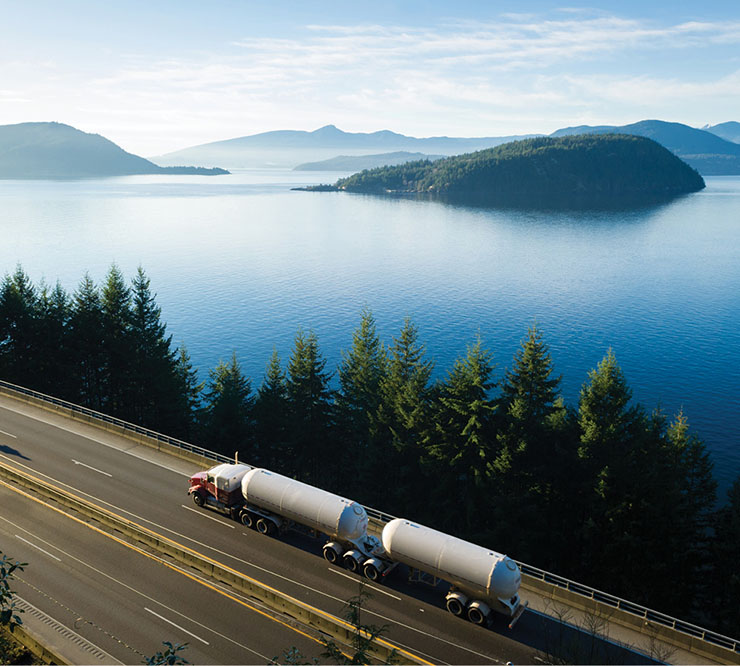ARCHIVED – Canada’s Role in the Global LNG Market –- Energy Market Assessment
This page has been archived on the Web
Information identified as archived is provided for reference, research or recordkeeping purposes. It is not subject to the Government of Canada Web Standards and has not been altered or updated since it was archived. Please contact us to request a format other than those available.
Introduction
Supply Chain
The LNG supply chain spans natural gas production, liquefaction, shipping, regasification, and delivery to the end user (Figure 1). There are two types of LNG terminals needed: liquefaction terminals, which liquefy and export LNG, and regasification terminals, which import and convert LNG back to natural gas.
Most liquefaction terminals receive natural gas by pipeline from a gas producing field. Before liquefaction, the gas is cleaned of impurities that may freeze, become corrosive, or interfere with the liquefaction process. A typical liquefaction plant consists of one or more independent processing units, called trains, which compress and liquefy the gas.
After the liquefaction process, the LNG is loaded onto specially designed cryogenic sea vessels (LNG carriers) or road tankers for transport. Upon arrival at the regasification terminal, the LNG can be stored or sent directly to a regasification plant. Once regasified, this natural gas is transported by pipeline for distribution or placed in temporary storage (Figure 1). Later, the natural gas is used for various purposes, including electricity generation, industrial power, and residential heating.
Figure 1 – LNG Supply Chain

Source: Natural Resources Canada – Natural Gas Division
Description:
This inforgraphic shows the LNG supply chain including: gas field, liquefaction plant, LNG storage tank, LNG tanker, LNG storage tank, vaporizers, and pipeline systems.
Why LNG?
Liquefying natural gas allows for efficient transportation when pipelines are not available or logistically feasible. LNG supplements domestic production and diversifies sources of energy supply in major consuming regions that would otherwise have limited access to natural gas or other energy sources.
Natural gas emits less CO2 and less particulate matter when burned and contains less sulphur than coal and crude oil products. Relative to natural gas that has never been liquefied, LNG has a greater environmental impact because throughout the LNG supply chain additional energy is consumed to liquefy, transport, and regasify the natural gas. However, LNG still has a lower environmental impact than burning coal, diesel, or fuel oil.

- Date modified:
